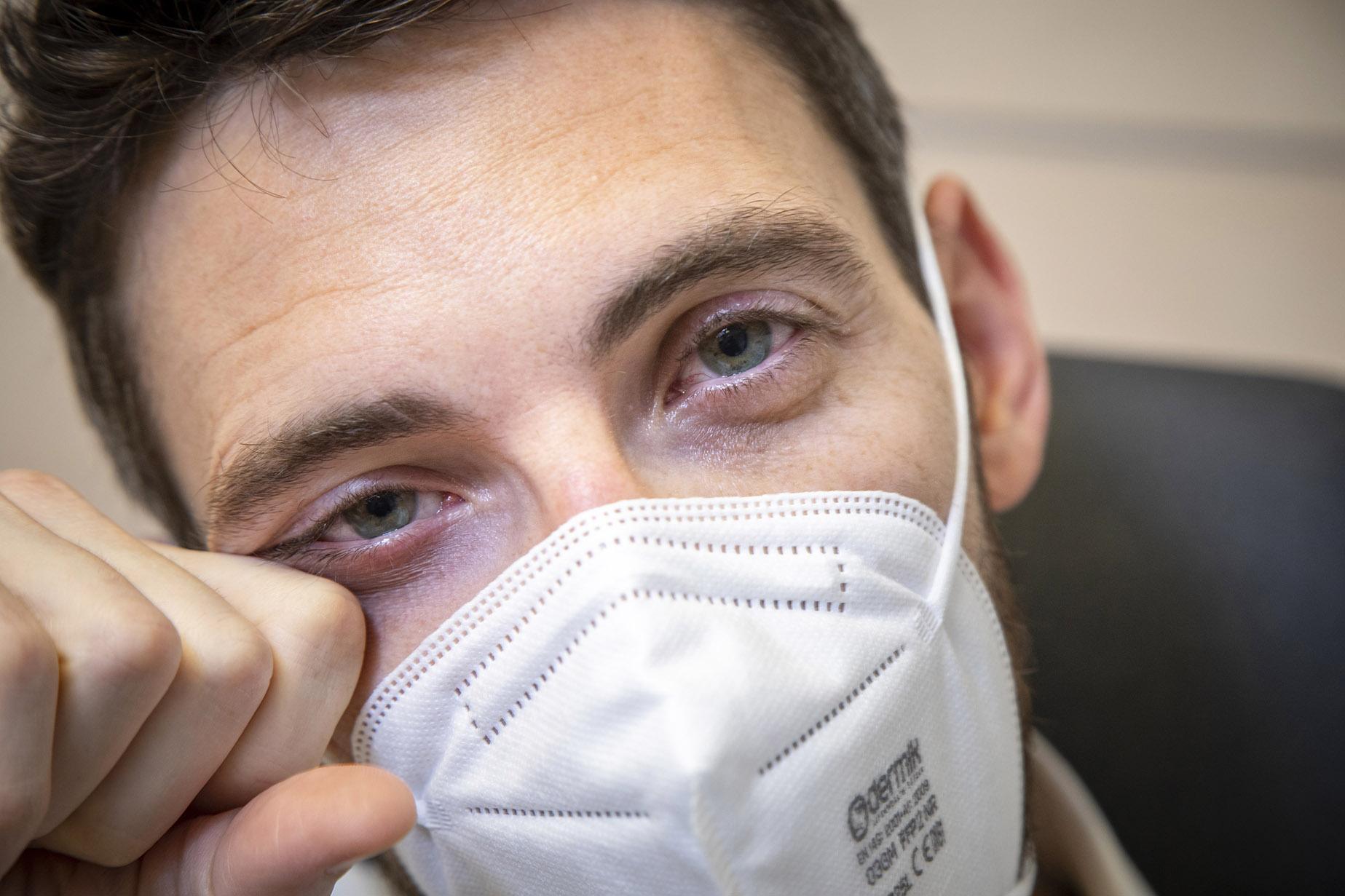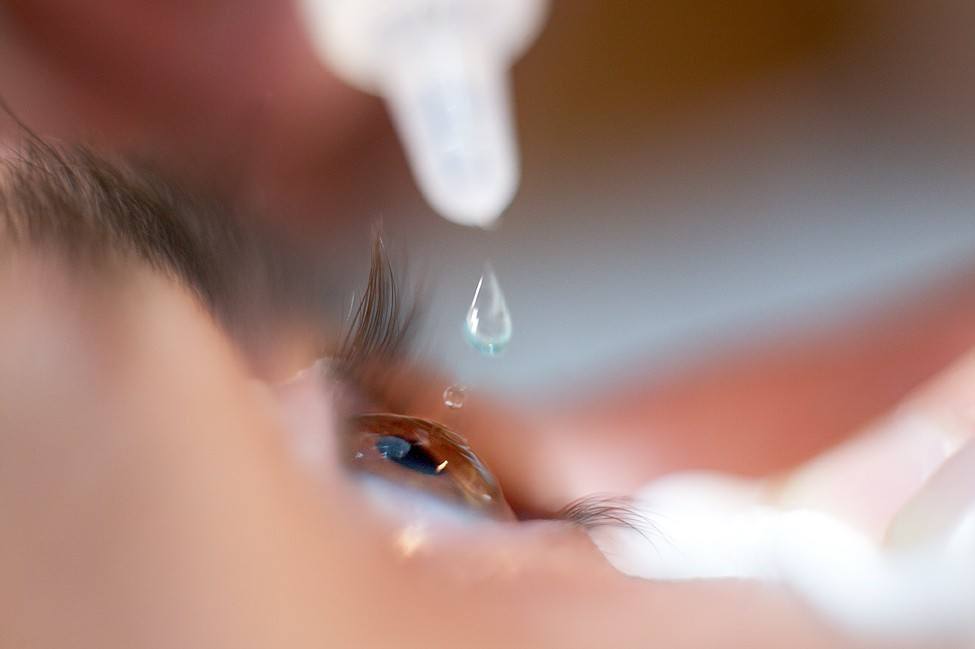
A red eye is when the white part of the eye becomes reddish or pinkish in color due to dilation or swelling of the blood vessels in the area. It is a symptom that can occur in one or both eyes at the same time. Sometimes the red eye is accompanied by itching, swelling, discharge or blurred vision. The fact that the eye becomes red means that there is an ocular inflammation. Therefore, we must take some measures, since among the causes that can provoke this inflammation there are from the most banal to other potentially serious ones that could produce changes in visual acuity.

Entrance of emercgency room. Photo: J. Casanova / ICR
In order not to worry excessively and so that you can assess the degree of urgency of the red eye, you must take into account two factors that can be associated with this symptom:
EYE PAIN: If it exists, you should go to the emergency room, because you may need specific treatment that only an ophthalmologist can administer. This does not necessarily mean that the cause is very serious, but it is advisable to be evaluated and followed up properly.
LOSS OF VISION: It is necessary to go to the emergency room, since loss of vision may mean that the problem is not located on the surface of the eye, but that there is an associated internal problem.
Other symptoms that require a visit to the ophthalmologist:
If your eyes are red, but you do not have any of the above more serious symptoms, you can try certain palliative measures.

How long does it take to heal red eyes?
The time will logically depend on the pathology that has caused it and the type of treatment given.
What should I do if my eye hurts and is red?
In situations in which these two symptoms are associated, it is advisable to go to the emergency room to be evaluated by a medical professional.
What should I do if I have a red spot in my eye, like an effusion?
Whenever there is an unusual symptom, in this case an effusion, although it is not usually serious, it is advisable to be evaluated by a specialist to rule out any pathology that may be serious.
What are the drops for red eye?
There are countless eye drops for red eye. In general, it would be advisable to use lubricant eye drops made of artificial tears without preservatives. Do not abuse eye drops promoted as decongestants because they can generate a rebound effect, that is, if they are used many times a day, they can cause more red eye. And it is not recommended to use steroid eye drops without being evaluated by a professional because the use of corticosteroids should be indicated in certain pathologies and avoided in others.
Can red eye be due to stress?
Stress directly should not cause red eye, but if stress causes behaviors that favor red eye (little sleep, many hours of screen time, smoking, etc.) this can cause red eye or prolong it over time.
Ojo rojo. Redacción Médica.
Remedios caseros rápidos para el ojo rojo. American Academy of Ophthalmology.
Fotos y videos del ojo rojo. ¿Cómo se ve la conjuntivitis? American Academy of Ophthalmology.
Contact us or request an appointment with our medical team.